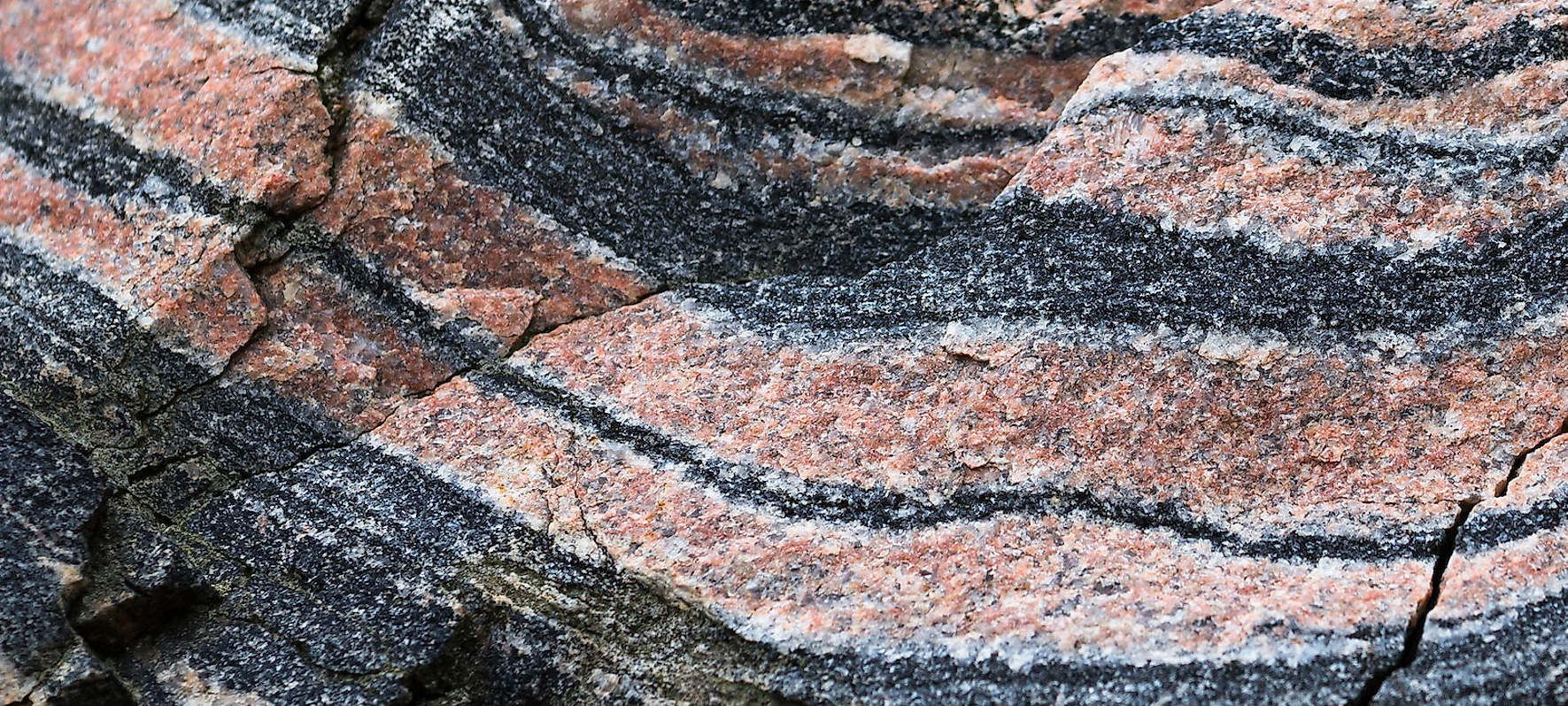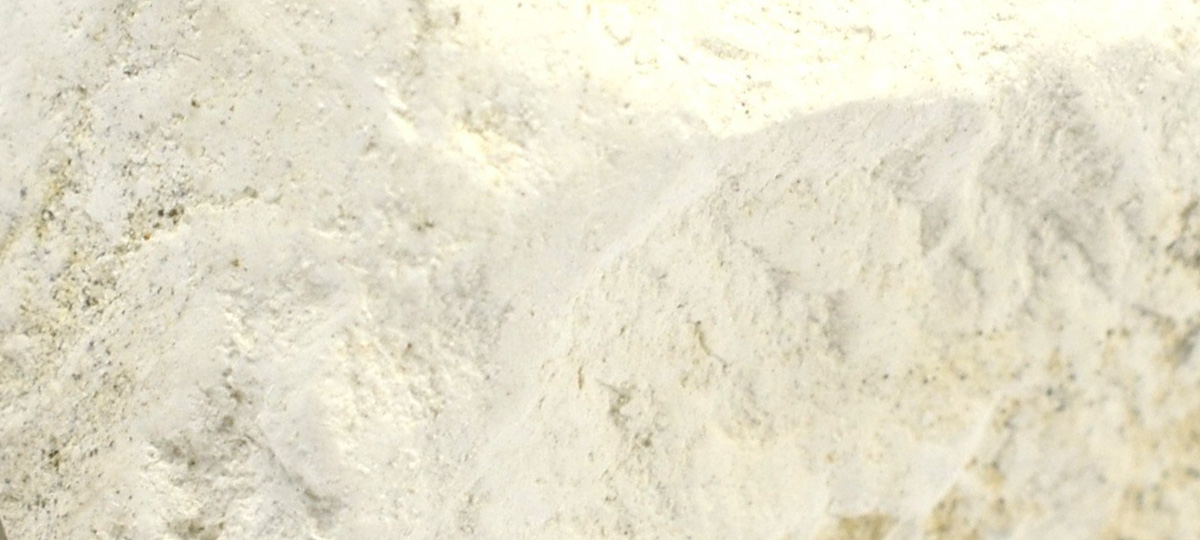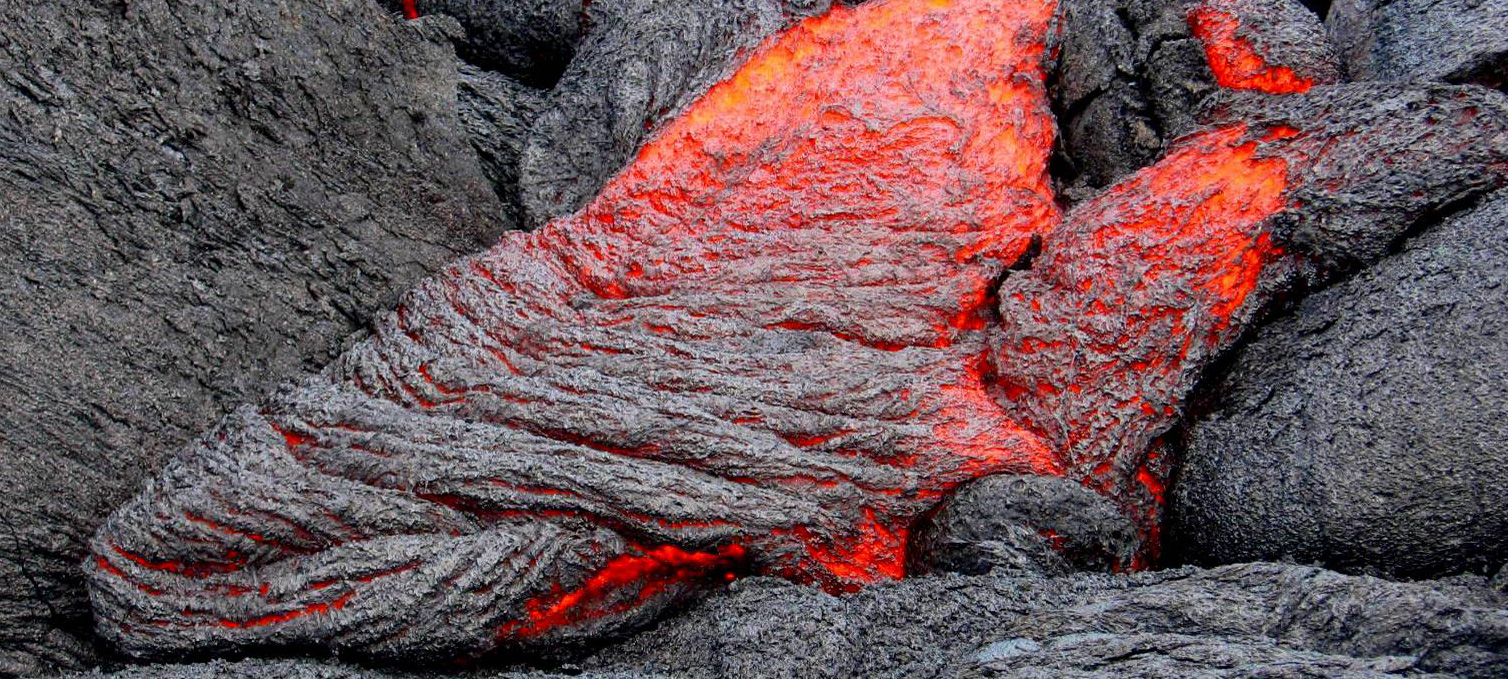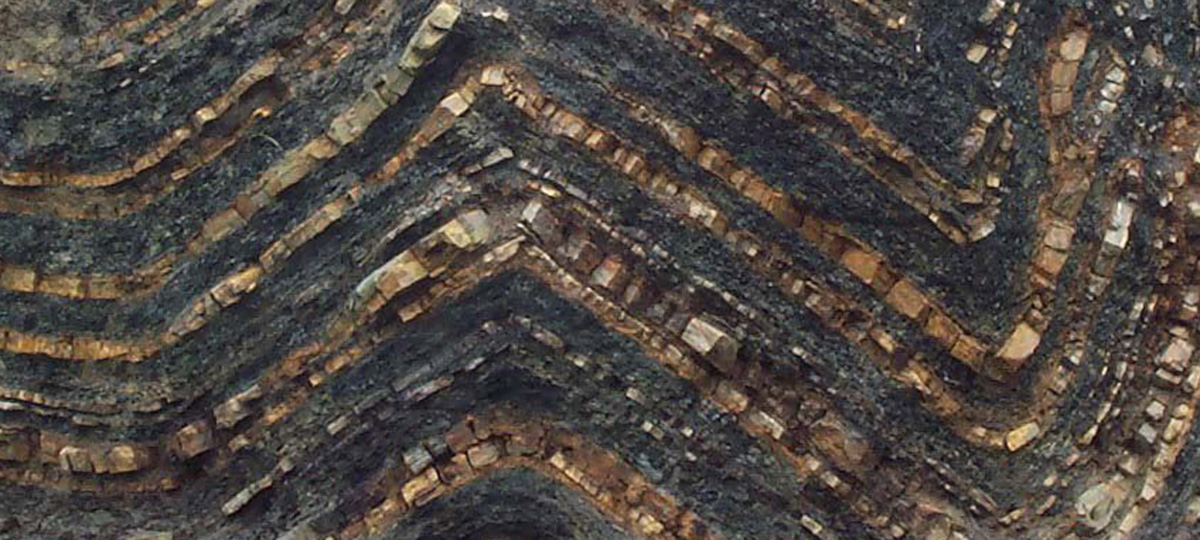Igneous rocks, a remarkable group of rocks formed through the cooling and solidification of magma or lava, are abundant in the Earth’s crust. They can be found in various geological settings, from deep within the Earth’s mantle to the surface, where they are exposed as volcanic rocks. Igneous rocks are known for their diverse range of textures, mineral compositions, and appearances, offering a glimpse into the dynamic processes occurring beneath the Earth’s surface.
Formation
Igneous rocks form through the cooling and solidification of molten rock, which can be magma (beneath the Earth’s surface) or lava (above the surface). The rate of cooling and the surrounding environment determine the texture and mineral composition of the resulting rock. Intrusive, or plutonic, igneous rocks form slowly within the Earth’s crust, while extrusive, or volcanic, igneous rocks form rapidly on or near the surface.
Types
The general types of igneous rocks include plutonic and volcanic rocks. Some common examples include:
- Granite:
A coarse-grained, intrusive igneous rock composed primarily of quartz, feldspar, and mica. Granite is typically found in the continental crust, where it forms large, deep-seated bodies known as plutons or batholiths. - Basalt:
A fine-grained, extrusive igneous rock composed mainly of plagioclase feldspar, pyroxene, and olivine. Basalt is the most common volcanic rock on Earth, making up the majority of the oceanic crust and occurring in many continental volcanic settings. - Diorite:
A coarse-grained, intrusive igneous rock composed of plagioclase feldspar, hornblende, and sometimes quartz. Diorite is often found in association with granite and gabbro in deep-seated plutonic bodies. - Rhyolite:
A fine-grained, extrusive igneous rock with a similar composition to granite but containing a higher proportion of silica. Rhyolite is found in continental volcanic settings, where it forms lava flows and volcanic domes.
Properties
Igneous rocks exhibit a diverse range of properties, reflecting their distinct textures and mineral compositions. They can be fine-grained, coarse-grained, or porphyritic (a mixture of fine and coarse grains), depending on the rate of cooling. The color of igneous rocks can range from light to dark, with lighter colors typically indicating higher silica content.
Igneous rocks can be either felsic (rich in silica and light-colored minerals) or mafic (rich in iron and magnesium and dark-colored minerals). Their mineral compositions, textures, and appearances can provide valuable insights into the geological history and processes that formed them.
Significance
Igneous rocks have significant importance in various fields. In geology, they provide crucial information about the Earth’s interior, the processes that form new crust, and the mechanisms of volcanic eruptions. They also serve as a source of valuable mineral deposits, such as copper, gold, and rare earth elements.
Igneous rocks have important commercial and industrial uses, with granite being widely used as a building and decorative stone and basalt employed in the construction of roads, bridges, and as a raw material for the production of fibers and insulation materials.
Understanding the formation, distribution, and properties of igneous rocks is essential for managing natural resources, evaluating geological hazards, and mitigating the environmental impacts of their extraction and use. Studying these rocks contributes to our understanding of the dynamic processes that shape the Earth’s crust and the diverse geological environments where they occur.
-
Extrusive Igneous
Extrusive igneous rocks, also known as volcanic rocks, form from the rapid cooling and solidification of lava on or near the Earth’s surface. These captivating …
-
Intrusive Igneous
Intrusive igneous rocks, also known as plutonic rocks, form from the slow cooling and solidification of magma beneath the Earth’s surface. These hidden wonders of …

Related Posts
-

Metamorphic
Metamorphic rocks are a fascinating class of rocks that have undergone transformation due to intense heat, pressure, or mineral exchange deep within the Earth’s crust. …
-

Organic Sedimentary
Organic sedimentary rocks are unique formations derived from the accumulation and preservation of plant and animal remains, providing a window into Earth’s biological history. These …
-

Chemical Sedimentary
Chemical sedimentary rocks are formed from the precipitation of dissolved minerals from water, often due to changing environmental conditions. These captivating rocks offer valuable insights …




